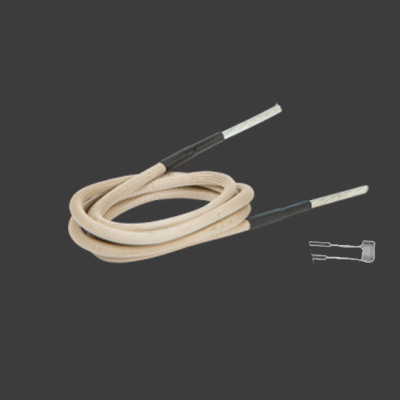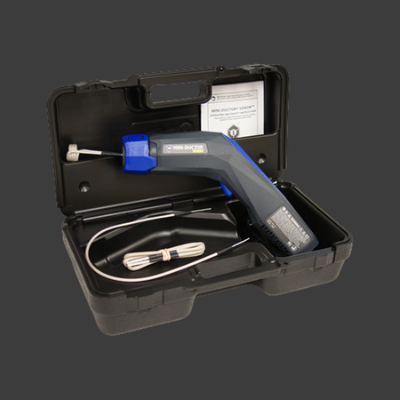The Glass Blaster® attachment for the Pro-Max is the ideal tool for quickly, cleanly and easily removing all types of automotive glass, including: windscreens, bonded auto glass, quarter glass and rear glass WITHOUT knives or wires. Windscreens can be removed in under 15 minutes without breaking – with the ‘Glass Blaster’ attachment. Look out for our step-by-step guide appearing in the September issue of Repair and Refinish Review. In the meantime, you can watch the video here.
Our colleague Andrew Foote, a distributor of the INDUCTOR® flameless heat tools in the US, has written this handy guide to removing a car windscreen:
There are two types of leverage L-wedges that can be utilized in leveraging the glass away from the pinch weld. Of the two types of L-wedges, plastic or metal, I prefer to use the plastic L-wedge on glass that is less flexible such as windshields. I’ve done hundreds of windshields and been extremely successful removing them without damaging them, breaking only those when I was in a hurry. Windshield removal success requires a little patience. Let the Inductor Glass Blaster do the work. Don’t muscle it out.
I have also found that the heat that remains even after the Glass Blaster head is moved to another location, continues to act releasing the urethane. So just keep moving around the perimeter rather than “muscling” the glass out. Remember, patience is a virtue.
Make sure to use either the Cold Shield Thermal Gel or at least spray a mist of water from a spray bottle on any painted surface to give added protection from overheating the paint and thereby discoloring or damaging the painted surface. When using the thermal gel, I prefer to use the bead mode of the spray nozzle rather than the mist mode allowing me to put a thick bead on the painted surface adjacent the glass. I also utilize the gel when there is encapsulation around the glass and I want to make sure the metal surface doesn’t get too hot to damage the rubber.
Many times I will begin the initial break loose point on the glass in a hidden area such as the cowl or any unpainted surface like a windshield pillar on some trucks like Chevrolet. The initial break point takes a little bit longer. Once the glass has been broken free at a particular point, the glass is more easily leveraged and the glass releases much quicker as you work your way around the rest of the glass.
So to begin, place the glass blaster attachment directly over the point at which the urethane is bonded to the pinch weld. Heat an area approximately 8-12 inches in length. A good way to determine whether the pinch weld is heated to a proper temperature to release the glue is you will see the urethane smoking or the thermal gel bead bubbling.
As you see the urethane begin to smoke or gel bubbling, move the attachment slowly at a rate of approximately .5 to 1 centimeter per second. After working a length of about a foot, use the plastic L-wedge hooking the L portion between the pinch weld and glass and leverage outward. You will see the glass move outward as it breaks free from the bond on the pinch weld. The urethane will remain attached to the glass leaving the pinch weld clean. The point where the glass quits moving is the point at which the windshield is still attached to the pinch weld.
When you see the windshield is beginning to become loose, you can continue to use the L-wedge or place the palm of your hand behind the windshield and using slight outward pressure, continue to work the entire perimeter loose from the pinch weld. After you have worked around the entire windshield, double check and make sure the bond is totally free all the way around the windshield.
I once made the mistake thinking a windshield was totally released. I leaned it out, top first, only to find the urethane was completely released except for one small string of caulking on one of the seams of the cowl panel. The urethane had released from the pinch weld but a piece of caulking was still stuck to the urethane.
Well you can guess what happened at that point of attachment…crack. 20 minutes worth of work wasted in one brainless moment. Sometime it helps to know what not to do as much as it does what to do.


